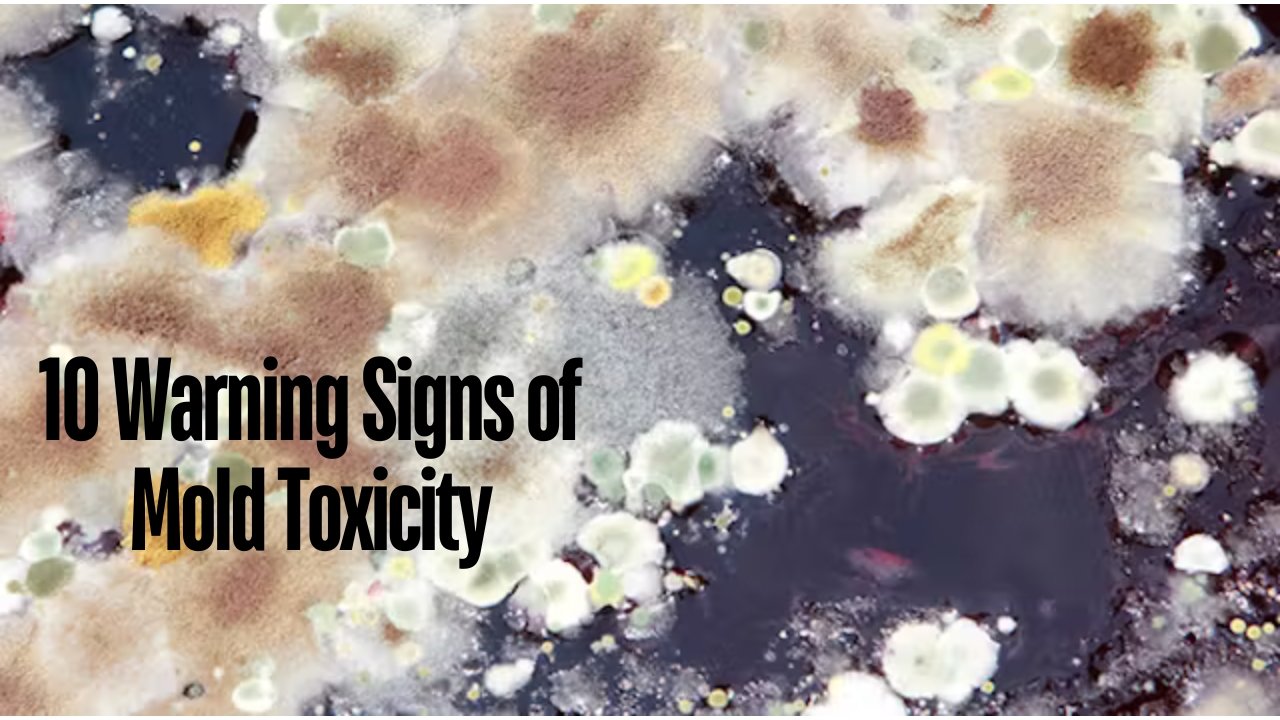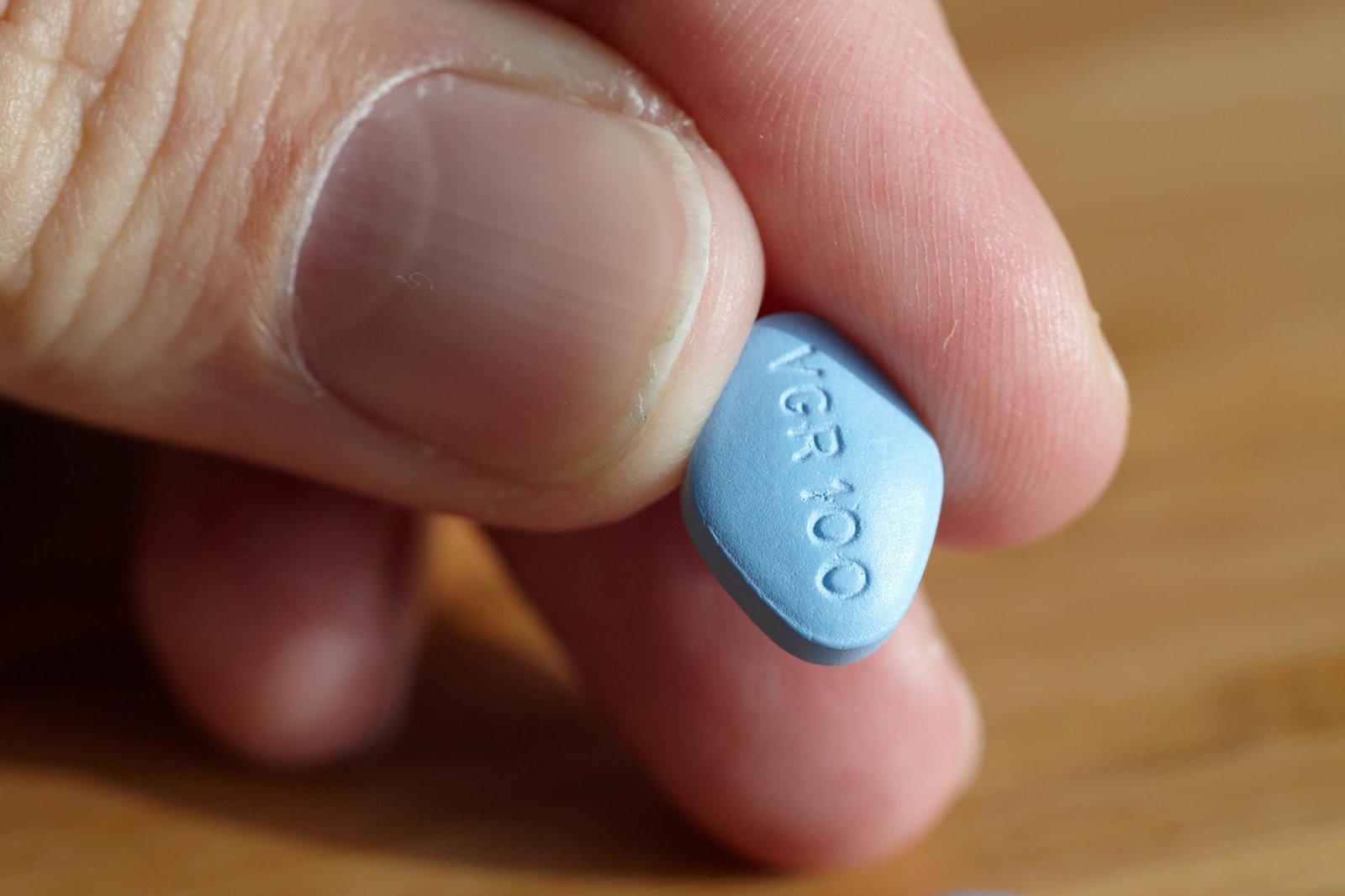Mold is a common household problem that can have serious implications for your health. Often hiding in plain sight, mold can spread quickly and cause a myriad of health issues if left unchecked. The importance of recognizing the warning signs of mold toxicity early cannot be overstated. Early detection can help you take prompt action to mitigate the adverse health effects and ensure your home remains a safe haven.
Understanding Mold Toxicity
What is Mold?
Mold is a type of fungus that thrives in moist, humid environments. It reproduces through lightweight spores that travel through the air, making it easy for mold to spread from one area to another. Certain types of mold can produce mycotoxins, toxic substances that can pose severe health risks when inhaled or ingested.
Common Types of Mold Found in Homes
Stachybotrys Chartarum: Often referred to as “black mold,” this type is notorious for its potential toxicity.
Aspergillus: Commonly found in water-damaged buildings, it can cause allergic reactions and respiratory issues.
Cladosporium: Usually found in damp areas like bathrooms, it can trigger asthma and allergies.
Penicillium: Known for its blue or green color, it spreads quickly and can cause sinus infections and lung inflammation.
The Health Implications of Mold Toxicity
Respiratory Issues
One of the most immediate impacts of mold exposure is on respiratory health. Mold spores can irritate the airways, leading to symptoms such as chronic coughing, sneezing, and shortness of breath. Prolonged exposure may result in more severe conditions like asthma and bronchitis.
Allergies
Mold exposure can exacerbate existing allergies and even trigger new ones. Common symptoms include itchy eyes, runny nose, and skin rashes. For individuals with mold allergies, even a small amount of exposure can cause significant discomfort.
Immune System Impact
Mold toxicity can weaken the immune system, making it harder for your body to fend off infections. This can be particularly concerning for those with compromised immune systems, such as the elderly or individuals with chronic illnesses.
10 Warning Signs of Mold Toxicity
Identifying the signs of mold toxicity early can help you take action before the problem worsens. Here are ten warning signs to watch for:
Chronic Cough or Sneezing
Persistent coughing or sneezing that doesn’t seem to go away could be a sign of mold exposure. If you notice these symptoms worsen when you’re at home, mold might be the culprit.
Fatigue and Weakness
Feeling unusually tired or weak, despite getting enough rest, can indicate mold toxicity. Mold exposure can drain your energy levels, making you feel constantly fatigued.
Frequent Headaches
Regular headaches, especially those that worsen in certain areas of your home, can be a sign of mold. Mycotoxins can cause inflammation, leading to headaches and migraines.
Skin Rashes
Unexplained rashes or hives can be a physical manifestation of mold exposure. If you notice recurring skin issues, it might be worth investigating mold as a potential cause.
Difficulty Concentrating
Cognitive difficulties, such as memory problems and difficulty concentrating, can be symptoms of mold toxicity. Mold exposure can affect brain function, making it hard to focus on tasks.
Irritation of the Eyes, Nose, and Throat
Red, itchy eyes, a stuffy or runny nose, and a sore throat can all be signs of mold exposure. These symptoms are often mistaken for hay fever or a common cold.
Shortness of Breath
Experiencing shortness of breath, especially in certain areas of your home, can be alarming. Mold spores can irritate your lungs and make it hard to breathe.
Sinus Congestion and Infections
Chronic sinus congestion and frequent sinus infections can be indicative of mold toxicity. Mold spores can inflame the sinuses, leading to persistent congestion.
Nausea and Dizziness
Feeling lightheaded or nauseous without a clear cause can be a sign of mold exposure. Mycotoxins can affect your inner ear and balance, causing these symptoms.
Muscle and Joint Pain
Unexplained aches and pains in your muscles and joints can be linked to mold toxicity. The inflammation caused by mold exposure can manifest as physical pain.
Detecting Mold in Your Home
Identifying Mold Growth
Detecting mold in your home involves more than just looking for visible signs. Mold can grow behind walls, under floors, and in other hidden areas. Here are some tips for identifying mold growth:
Use Your Senses: Musty odors can be a strong indicator of mold, even if you can’t see it.
Check Damp Areas: Basements, bathrooms, and kitchens are prime locations for mold growth. Look for water stains, discoloration, and peeling paint.
Inspect HVAC Systems: Mold can thrive in your heating, ventilation, and air conditioning systems. Regular inspections can help catch mold before it spreads.
Professional Inspection
While DIY methods can help identify obvious mold, a professional inspection is crucial for detecting hidden mold. Certified mold inspectors use specialized equipment to measure moisture levels and identify mold spores, providing a comprehensive assessment of your home.
Preventing and Addressing Mold Growth
Moisture Control
One of the most effective ways to prevent mold growth is by controlling moisture levels in your home. Here are some tips for moisture control:
Use Dehumidifiers: Keeping indoor humidity levels below 60% can prevent mold growth.
Fix Leaks: Repair any leaks in your roof, windows, and pipes promptly.
Ensure Proper Ventilation: Use exhaust fans in bathrooms and kitchens to reduce humidity.
DIY Mold Remediation
For small mold problems, you can take steps to address the issue yourself:
Clean with Mold-Killing Products: Use products like bleach, vinegar, and hydrogen peroxide to clean affected areas.
Wear Protective Gear: When cleaning mold, wear gloves, goggles, and a mask to protect yourself from spores.
Dispose of Contaminated Materials: Remove and dispose of any porous materials, like carpets and drywall, that are infested with mold.
Professional Mold Remediation
For larger infestations, professional mold remediation is necessary. Mold remediation specialists have the expertise and equipment to safely remove mold and restore your home to a healthy condition.
The Role of Diet and Lifestyle in Mitigating Mold Toxicity
Diet and Mold Sensitivity
Your diet can play a significant role in how your body responds to mold exposure. A nutrient-rich diet can help strengthen your immune system and reduce the effects of mold toxicity. Consider incorporating the following into your diet:
Antioxidant-Rich Foods: Foods high in antioxidants, such as berries, nuts, and leafy greens, can help combat inflammation caused by mold exposure.
Probiotics: Consuming probiotics, found in yogurt and fermented foods, can support gut health and improve your body’s resilience to toxins.
Hydration: Staying well-hydrated helps flush out toxins from your system.
Lifestyle Changes
In addition to dietary changes, certain lifestyle modifications can help mitigate mold toxicity:
Exercise Regularly: Physical activity can boost your immune system and improve your body’s ability to handle mold exposure.
Reduce Stress: High stress levels can weaken your immune system, making you more susceptible to mold toxicity. Practice stress-reducing techniques like meditation and deep breathing.
Improve Indoor Air Quality: Use air purifiers with HEPA filters to reduce mold spores in the air.
You May Also Like: Peñiculs: Nurturing Holistic Health and Thriving in Life
Conclusion
Mold toxicity is a serious concern that can have significant health implications if left unaddressed. By understanding the warning signs and taking proactive measures to detect and prevent mold growth, you can protect your health and maintain a safe living environment.
Remember, early detection is key. If you suspect mold in your home, don’t hesitate to seek professional help. And by adopting a healthy diet and lifestyle, you can further reduce your sensitivity to mold and enhance your overall well-being.
For more information and resources on mold toxicity and prevention, be sure to explore our additional guides and expert recommendations. Stay vigilant, stay informed, and take the necessary steps to ensure a mold-free home.
Frequently Asked Questions
What are the health symptoms of mold exposure?
Mold exposure can lead to a range of health symptoms including shortness of breath, chronic sinus congestion, nausea, dizziness, muscle and joint pain, and general allergy-like symptoms such as coughing and sneezing.
How can I detect mold in my home?
Mold can be detected using your senses to identify musty odors, checking damp areas like basements and bathrooms for water stains and discoloration, and inspecting HVAC systems. For more thorough detection, a professional inspection is recommended as mold can grow in hidden areas.
What are some effective ways to prevent mold growth in my home?
Control moisture levels by using dehumidifiers to keep indoor humidity below 60%, fixing leaks promptly, and ensuring proper ventilation using exhaust fans in high-humidity areas like bathrooms and kitchens.
Can I remediate mold issues on my own?
For small mold problems, DIY methods such as using mold-killing products, wearing protective gear, and disposing of contaminated materials can be effective. However, for larger infestations, it is advisable to seek professional mold remediation services.
How can diet and lifestyle changes help with mold toxicity?
A nutrient-rich diet with antioxidant-rich foods, probiotics, and adequate hydration can help strengthen the immune system. Additionally, lifestyle modifications such as regular exercise, stress reduction, and improving indoor air quality with air purifiers can mitigate the effects of mold toxicity.











